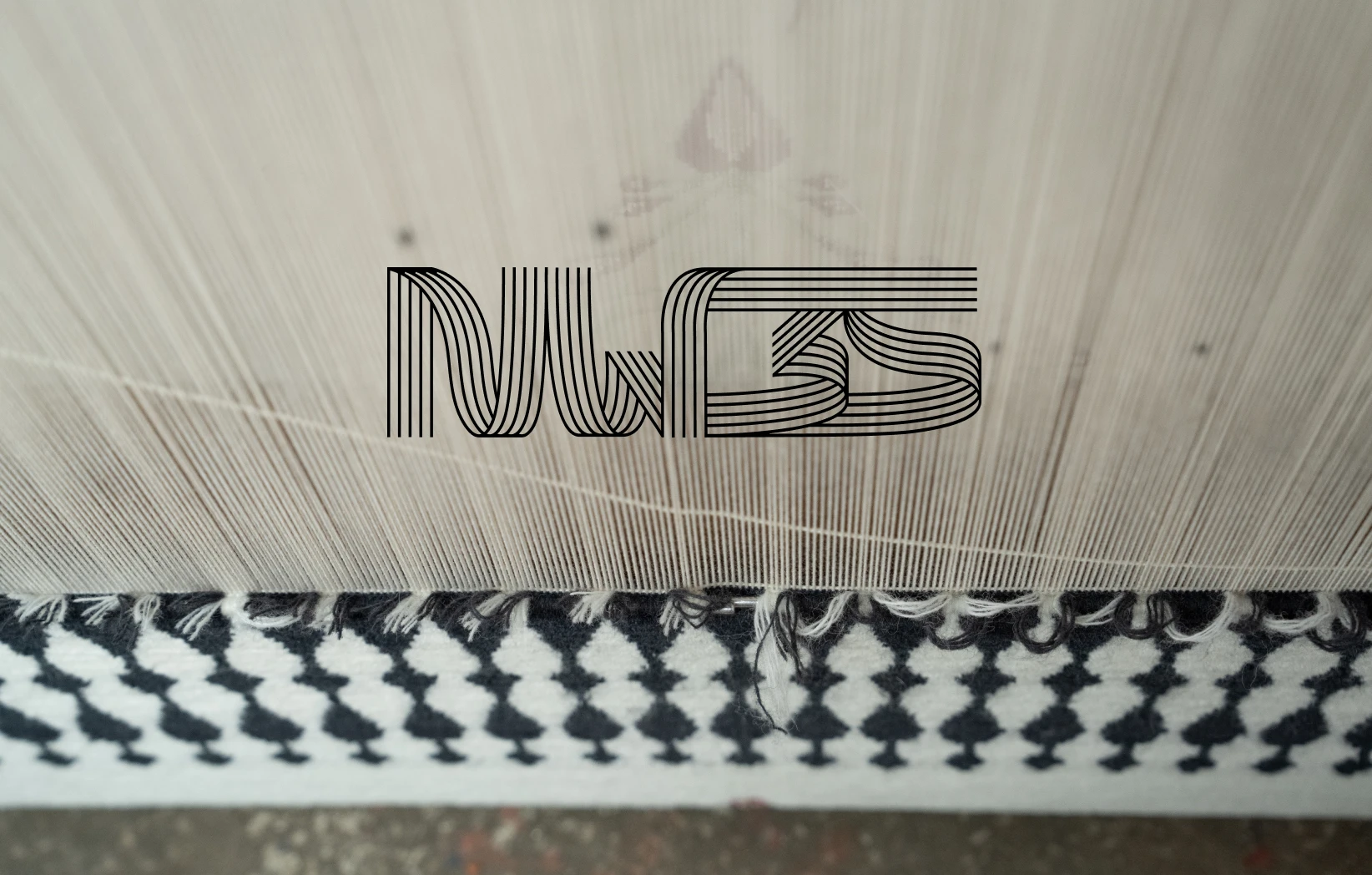
While Northwest 35 is very much a meeting of modern and classical design, its name acknowledges a theme in the geographical origins of rugmaking. Renowned countries such as India, Nepal, Pakistan, Afghanistan and Persia (Iran) had a concentration of this early craftsmanship in their northwestern regions. It was also discovered that cities like Kathmandu, in northwestern Nepal, and Tabriz, a rugmaking hub in northwestern Persia, stood out for their intricate patterns, symbolism, and exceptional artistry. Founder, Richa Walia, felt it fitting to capture these revelations in her company name, while also referencing the cultural and artistic heritage of these locations. All lie on, or near, the fabled Silk Road – that served for more than a millennium as an important cultural exchange between East and West.
Northwest India’s Himalayan region is uniquely rich in traditional art, due to Kashmir, Nepal and Tibet’s strategic locations along this ancient network of merchant routes.
Tibet, in particular, is home to many treasures that have not survived in their places of origin. Luxury goods that travelled the historic Eurasian path lie perfectly preserved in monastery collections; these include textiles from the Tang dynasty, and elaborate silk fabrics commissioned by Tibetan nobility.
The Tibetans have been practising the craft of hand-knotting rugs since time immemorial. It is believed that the first examples were woven by monks living in Himalayan monasteries, and Tibetan carpets are mentioned in historical documents from the third century AD. Practiced by nomadic communities, who used the fine wool of their highland sheep, the art has been passed from generation to generation.
An important cultural bridge between the Indian subcontinent and regions to the west and east for over two millennia, the Kashmir Valley has been home to Buddhist, Hindu, and Muslim populations, and a multitude of artistic and cultural influences. One of India’s earliest reliable, documented histories celebrates the cultural and religious patronage of the Kashmir elite, and makes reference to great works of art. The legacy of medieval Kashmir, recorded between the seventh and fourteenth centuries, is one of extraordinary creativity.
However, it wasn’t until the late 15th century that the art of carpet weaving was introduced to Kashmir, by visiting artisans from Persia. In the mid-19th century, beautiful Mughal carpets from Kashmir were displayed at the Crystal Palace Great Exhibition in London, and became extremely popular in Europe.
Nepali art has been renowned for millennia and had a great deal of influence on the religious and artistic traditions of Tibet. Conversely, Nepal’s rugmaking roots can be traced to Tibet. The ancient art of hand-knotting was brought to Nepal by Tibetan migrants in the 1950s, and quickly became a significant part of the country’s cultural identity. The remarkable prosperity of their industry is testament to the extraordinary skills of their artisans, who Northwest 35 entrust with all of their designs.
The northwest regions of the UK, Europe and the US are similarly significant, shaping the Industrial Revolution, art movements, and the strongest art influences, respectively.
North West London is where Northwest 35 is headquartered, and where our founder now lives – at number 35, the birthplace of the brand. The sum of these two numbers – 8 – represents infinity, and the infinite possibilities that exist for those who follow their heart and pursue their passion.
Northwest 35 embodies this quest, translating into textiles what is in our clients’ hearts, and transforming homes and businesses with beautiful, luxurious and expressive rugs, handcrafted using techniques that are steeped in history.